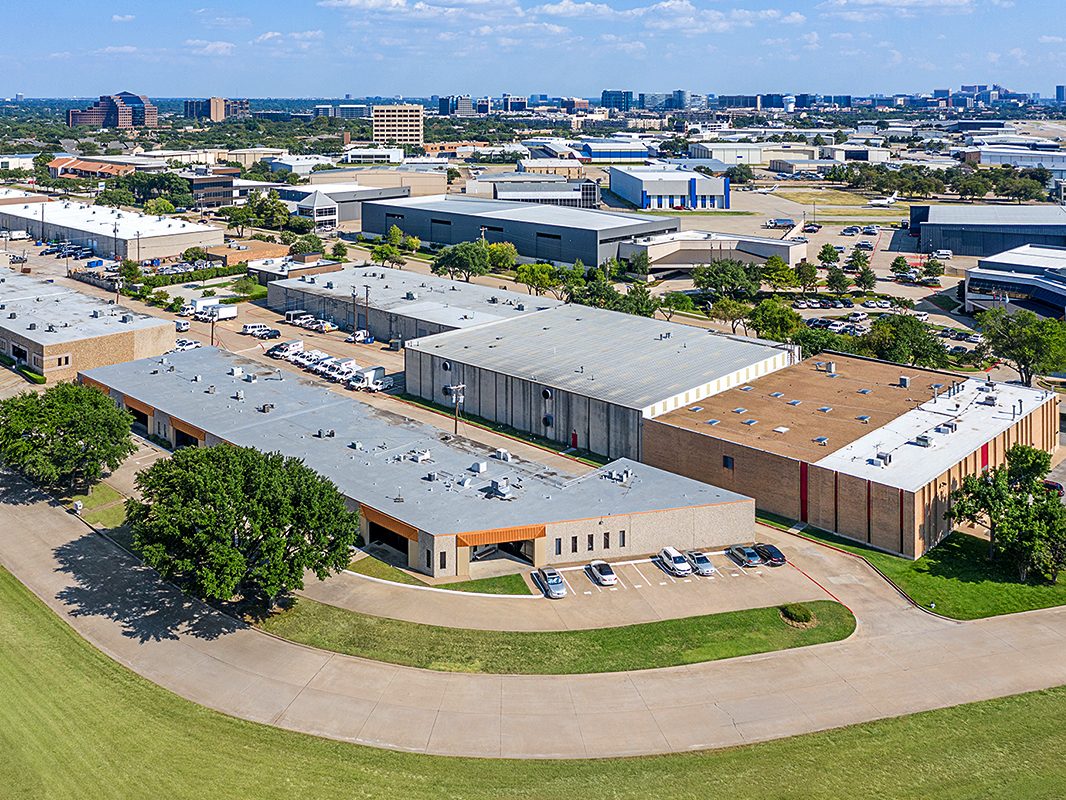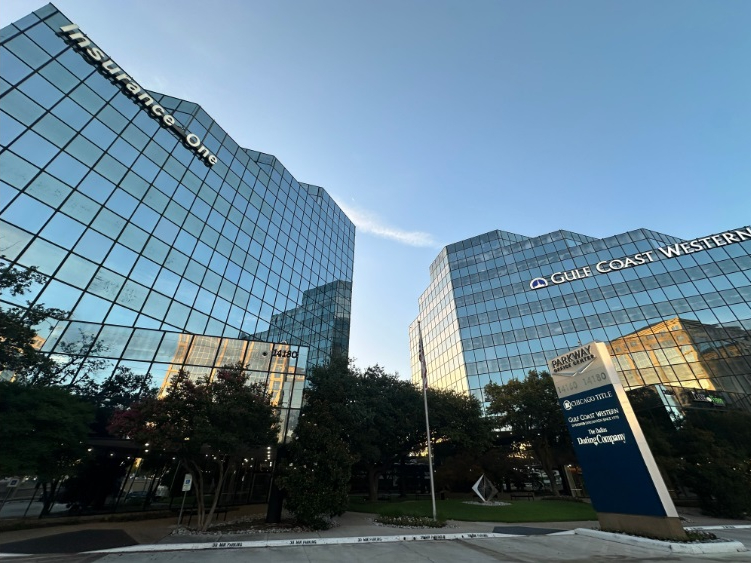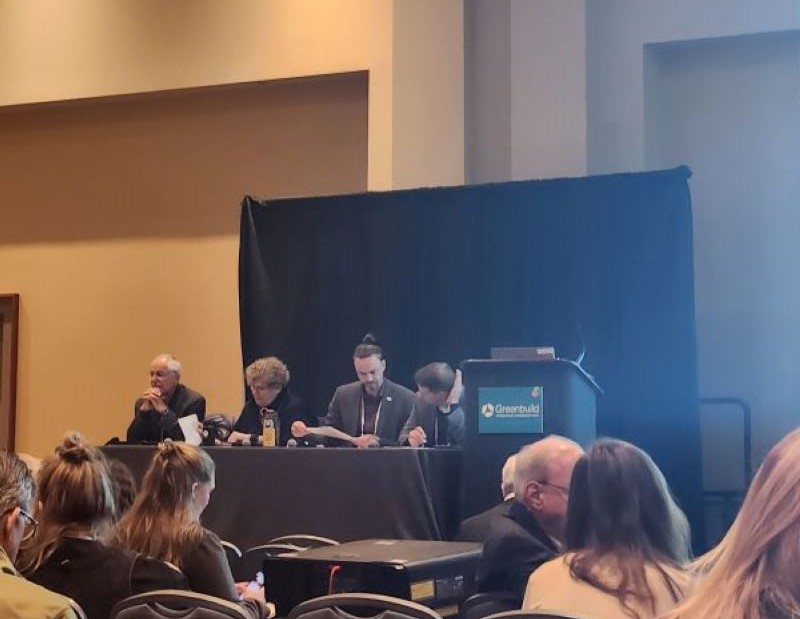Economist’s View: The Fed’s Misguided Path on Interest Rates
Why the central bank’s war on inflation is not just wrongheaded, but harmful.
Before we dive into this month’s topic—the damage done by the Federal Reserve’s inflation-fighting tactics—a little background is in order. As you know, the Fed has a dual mandate of maximizing employment while keeping prices stable. The latter is benchmarked by a 2 percent increase in a key consumer spending metric called the personal consumption expenditure. To achieve these mandates, the Fed adjusts interest rates and adds to the money supply through quantitative easing or decreases it via quantitative tightening.
According to Keynesian theory, raising interest rates slows the economy by making capital more expensive; lowering rates has the opposite effect. Through quantitative easing, the Fed buys assets (usually Treasuries) from U.S. banks to add liquidity to bank balance sheets. As a result, banks potentially have more capital to lend. The opposite is true with quantitative tightening when the Fed sells Treasuries.
How does the Fed gauge inflation? If asset and commodity prices move at roughly the same rate as consumer prices, no great transgression occurs when consumer prices are used as a proxy for inflation. But when commodity and asset prices move dramatically differently than consumer inflation, only a fool would measure inflation by consumer prices.
This divergence was the case in the 2010s, when movements in consumer prices were modest, while increases in asset prices were substantially higher. Over the past year, as the Fed has recklessly pursued its policies, the reverse has occurred. From May through the end of November 2022, consumer inflation (as measured by the Consumer Price Index) rose a torrid 5.9 percent on an annualized basis.
Over approximately the same period, however, a variety of other key price indicators were all down: S&P stocks (declined 3 percent), homes (10.8 percent), gold (9.3 percent), oil (46 percent) and 10-year Treasury bonds (68 percent). Clearly, consumer inflation is once again not providing an accurate picture of the inflation of “all prices.” In short, the Fed has been driving consequential policy decisions using a seriously misleading metric for more than a decade.
The heat is off
The Fed is seeking to put the brakes on the economy, but its premise that it is overheated is flawed. Key data show conclusively that the U.S. economy is far from overheated. Industrial output is up 2.8 percent compared to pre-shutdown, about what would be expected, but all the growth has occurred recently, not over an extended period. Meanwhile, the economy has gained only about one million jobs since the pandemic began, far short of the 2.5 million to 3.5 million based on trend. Real per capita GDP is only 1 percent higher than it was before the pandemic, while an increase of at least 3 percent would be normal. And in a sign that travel is still playing catch-up, daily security clearances by the Transportation Security Administration were 5.8 percent lower in November 2022 than they were in November 2019.
These metrics confirm that the economy is not overheated; on the contrary, it’s both underheated and undersupplied. Thus, inflation is still primarily the result of economy-wide lags in rebounding supply. To put it simply, when supply systematically lags demand throughout the economy, prices rise—no matter the level of interest rates.
Compounding this misguided reliance on consumer prices to measure inflation is the fact that the Fed and other central bank are forming their policies based on the Phillips curve model. This long-debunked theory asserts that there is a predictable trade-off between more inflation and less unemployment. Hence, Fed Chair Jerome Powell’s shocking statement that rates will continue to go up until unemployment rises notably. The Fed is absolutely insane in its pursuit of 2 percent to 3 percent higher unemployment as the route to reducing inflation.
This is very dangerous policy. It is bad enough when someone does not know what to do, but it is tragic when they act on something known to be false. We never want to waste human capital, as the U.S. economy needs more, not less, employment.
We got into this economic mess by substituting government economic mandates (i.e., the shutdowns) for market decisions during the pandemic. Similarly, the Fed mandated that the cost of borrowing for the U.S. government should be zero. That created massive distortions in the capital markets, and now the Fed has embarked on a warp-speed reversal of interest rates. Higher rates are good for the economy, up to a point, but raising them recklessly creates needless uncertainty, which harms the economy.
The bottom line is that what has been desperately needed for the last 18 months is much more supply, not less demand. The expansions of oil exploration and chip delivery have had a real impact on inflation. The Fed may get the credit, but economic growth is being powered by those who expanded capacity and went back to work.
Dr. Peter Linneman is a principal and founder of Linneman Associates and professor emeritus at The Wharton School, University of Pennsylvania. www.linnemanassociates.com
Follow Dr. Linneman on Twitter: @P_Linneman








You must be logged in to post a comment.